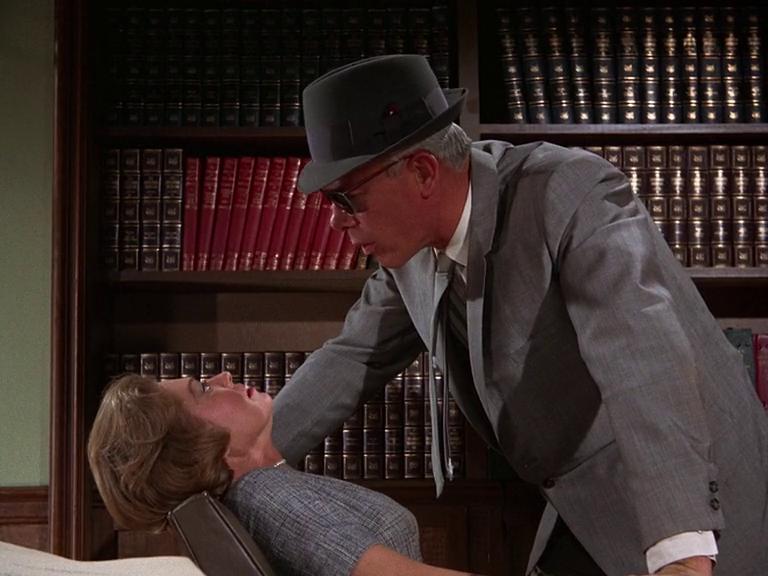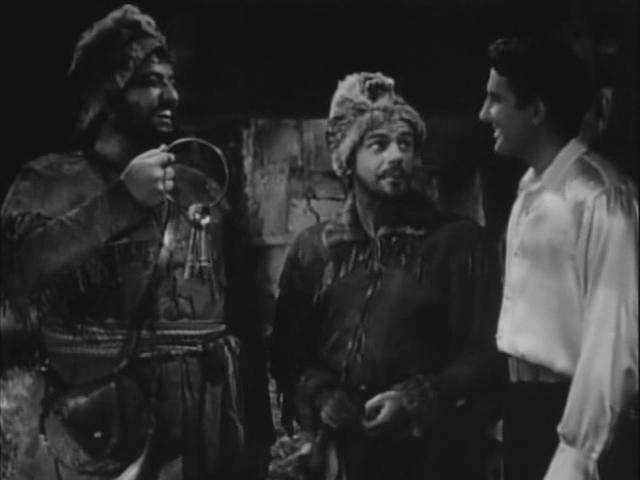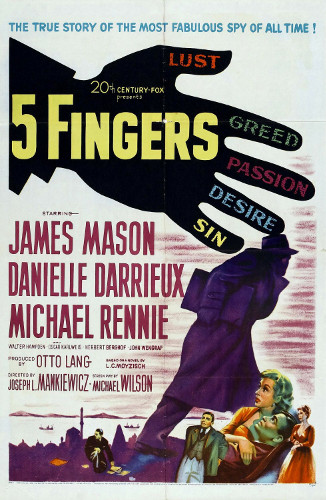Director: Stanley Donen
Writer: Frederic Raphael
Stars: Audrey Hepburn and Albert Finney
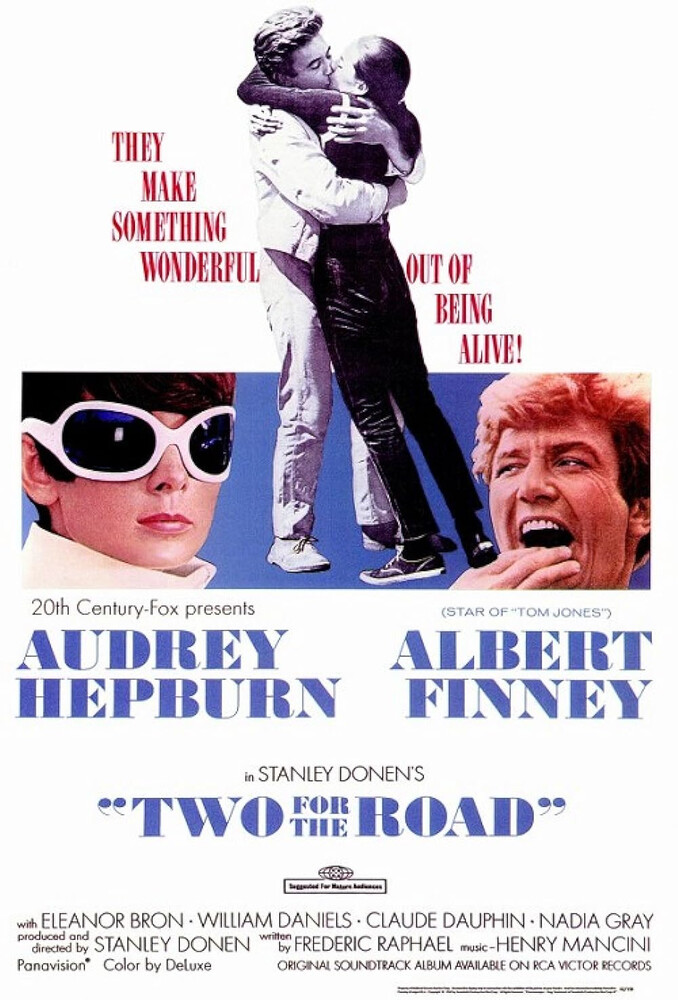 |
I had never heard of Two for the Road before plucking it out of Stanley Donen’s filmography for this project, but I’m very happy that I did. It’s technically a British film, but the funding came from a Hollywood studio—20th Century Fox—and it was primarily shot in France, so it’s an international picture and that’s highly appropriate because it feels like an international film, a romantic comedy obviously influenced by the French New Wave. It was shot in 1966 and, while it certainly looks like it was shot in 1966, it also feels like it could have been made yesterday because it’s that timeless; and let’s be honest, how many films shot in 1966 can you say that about? It wasn’t much of a commercial success, making back $12m on a $5m budget, but it was highly regarded by the critics. More than one has described it as Donen’s best movie, even though he also directed Singin’ in the Rain; it’s often been described as having Audrey Hepburn’s greatest performance; and Henry Mancini has claimed that his theme is his personal favourite from his work.
Clearly I should take a look at it to remember Donen and his career, on what would have been his centennial; he came pretty close to celebrating it too, passing in 2019 at the age of 94. The lead actors are Hepburn and Albert Finney, the latter of which was fresh from the success of Tom Jones and the former very close to her initial retirement, with only Wait Until Dark following it until a much anticipated return a decade later in 1976’s Robin and Marian. The most important name, though, at least to this particular picture, is that of Frederic Raphael, who wrote the original screenplay. It’s not exactly autobiographical, but it was sparked by a road trip that he and his wife took through France, some of the script taken from things that they did but much of it taken from things that they didn’t do but could well have done in a parallel universe. He received an Oscar nomination for his work, the film’s only nomination as Hepburn was nominated for Wait Until Dark instead, but he lost to William Rose for Guess Who’s Coming to Dinner.
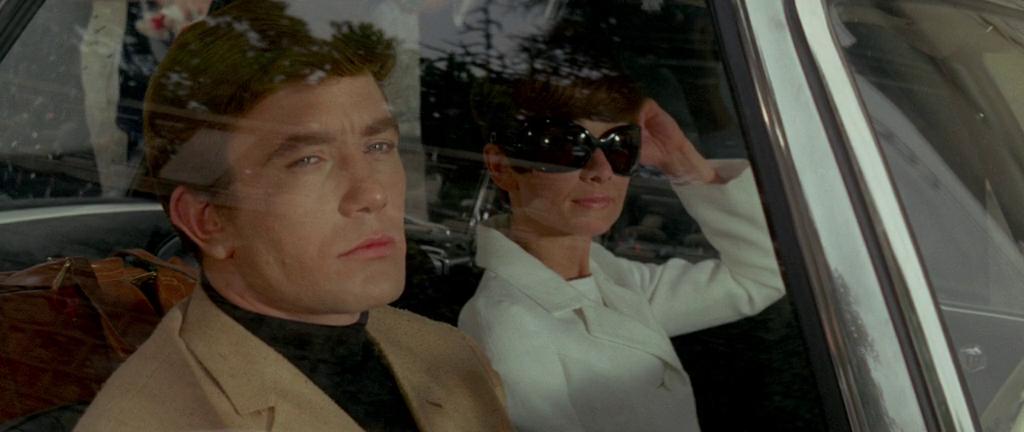 |


